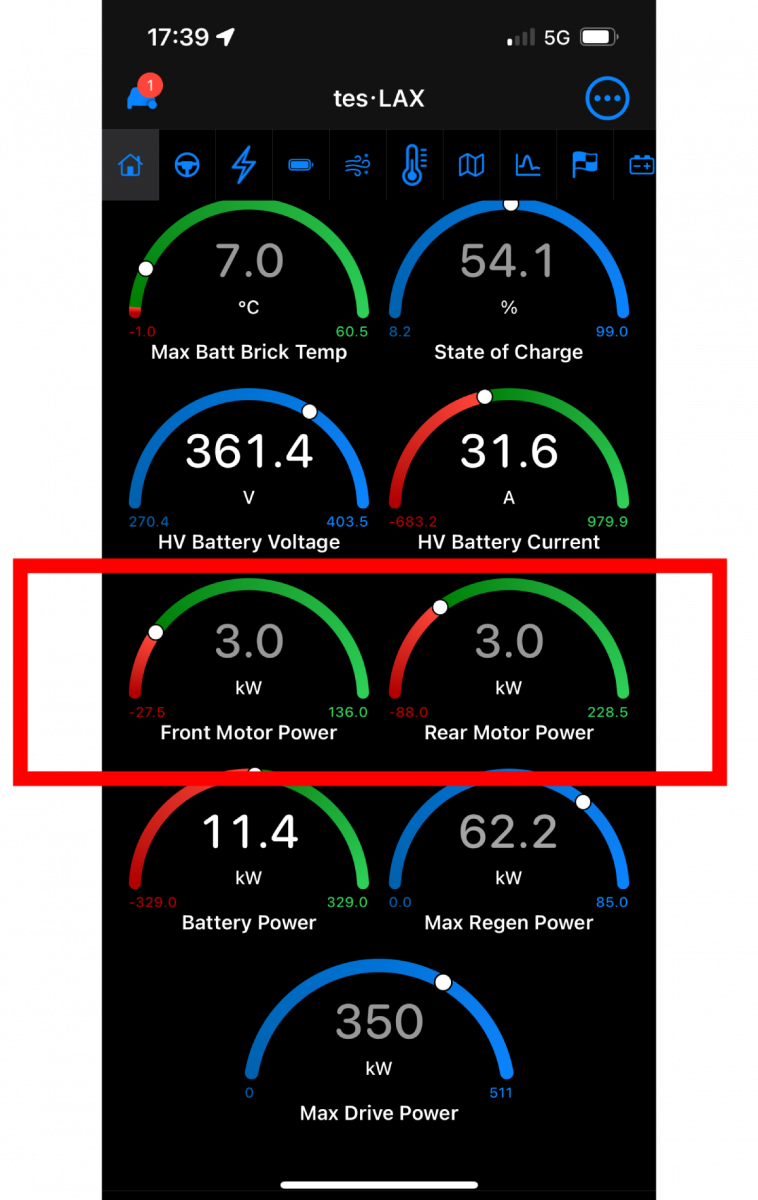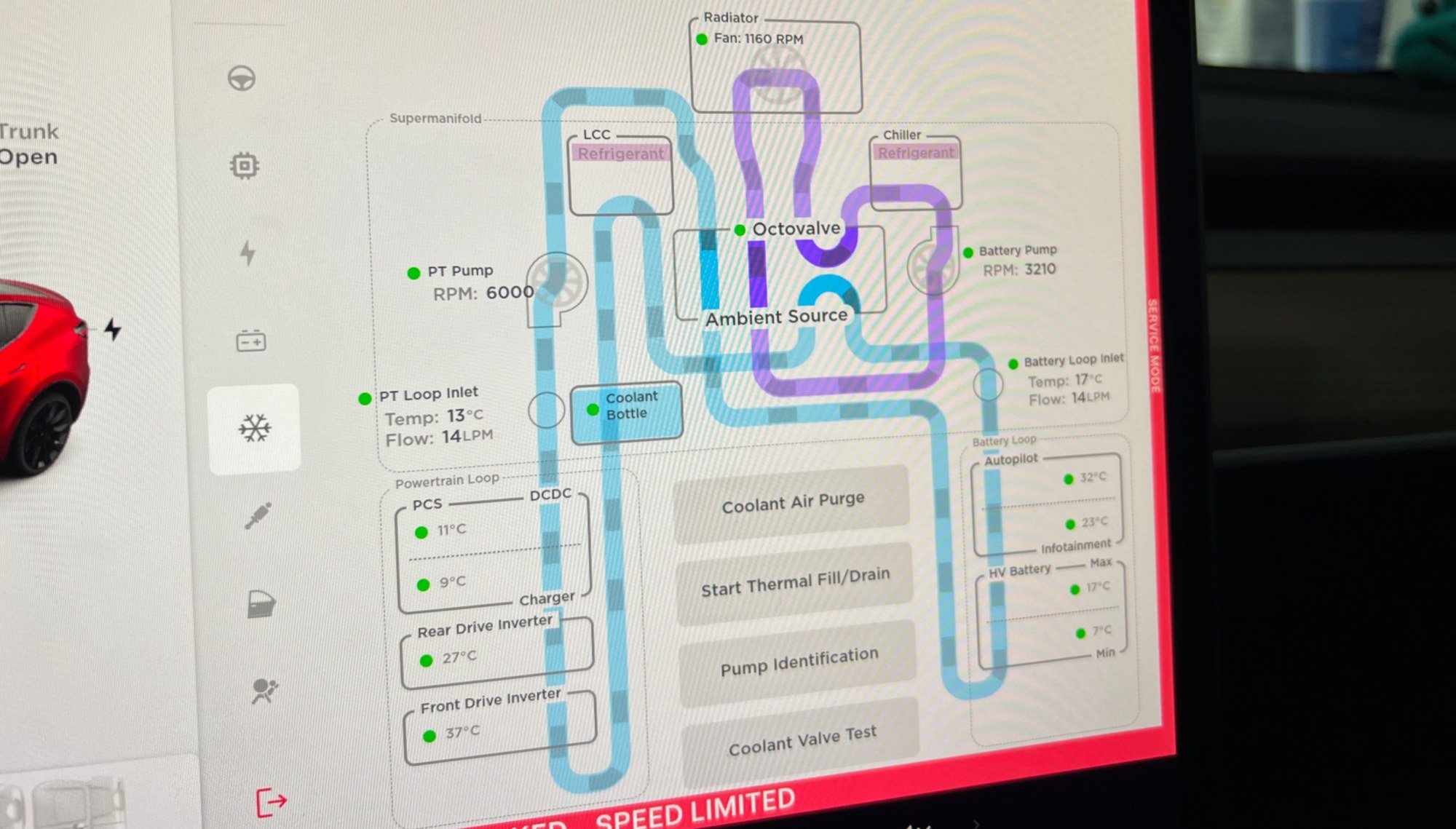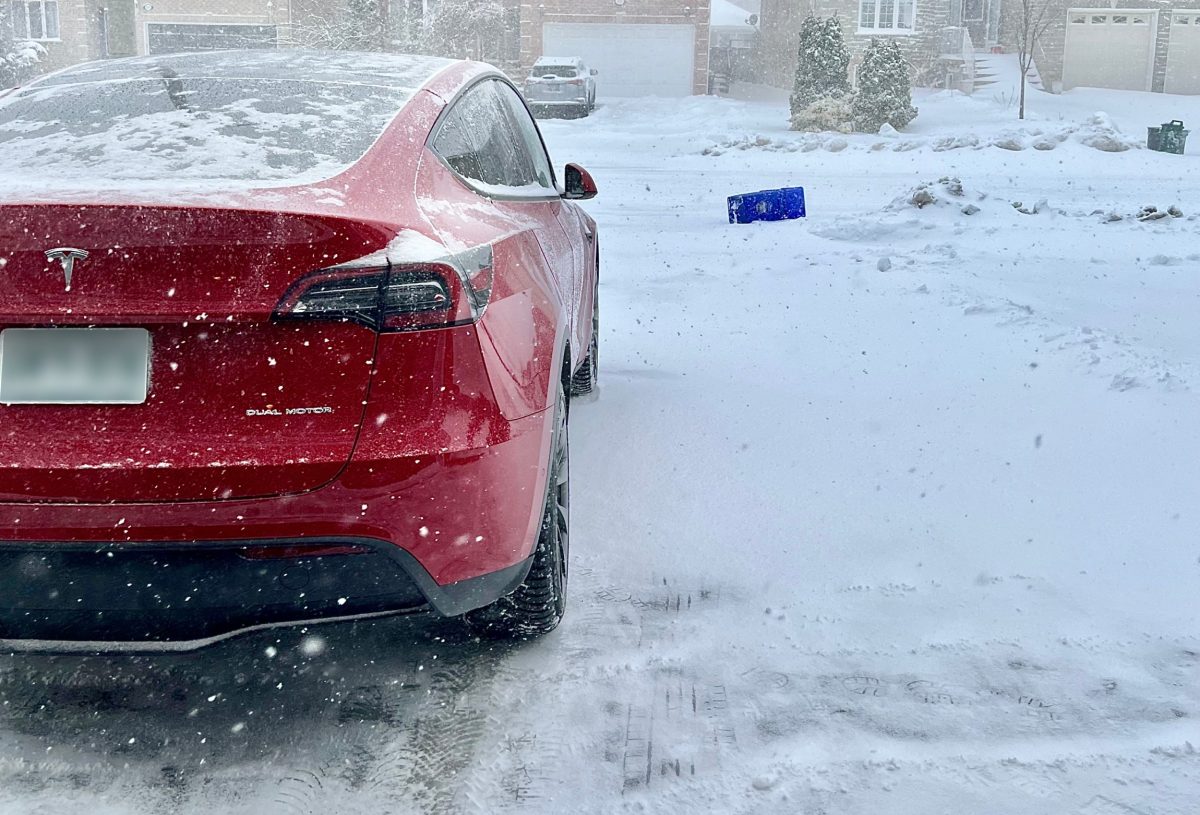Tesla offers their mainstream Model 3 and Y vehicles in both single-motor RWD and dual-motor AWD configurations. These cars have a powerful permanently magnetized motor on the rear axle, and dual motor variants have an additional electrical induction motor on the front axle. Dual-motor cars actually drive just like single-motor RWD cars most of the time until the rear wheels begin to slip, or when the driver accelerates aggressively, at which point the front induction motor is engaged. For this reason, single-motor Teslas are more than adequate for most drivers; they are slightly lighter and more efficient and can offer good winter traction when combined with appropriate tires.
Dual-motor cars obviously offer an additional level of winter traction on the front axle, but there is another hidden benefit to having an AWD Tesla when the temperatures drop. What I am talking about is preconditioning the battery prior to Supercharging, which is very important for charging quickly.
Twice the Motors, Twice the Battery Heating
Tesla EVs utilize a sophisticated and efficient thermal management system. There is no specific battery warmer component per se, instead, the car will operate the motors less efficiently and therefore generate excess heat. The car’s thermal management system operates a liquid cooling loop that circulates fluids between the battery and drivetrain motors so that excess heat from electric motors can be used to warm up the battery for optimal fast charging. Can you already see why a single motor car will be at a disadvantage?
We’re able to see this motor heating in action with an OBD2 scanner. I have a scanner plugged into my dual motor Model Y Long Range, and I use the tesLAX app to see what the motors and battery are doing, among many other interesting variables. I can start preconditioning my battery to Supercharging while stationary, but as you can see from my screenshot, both motors are pulling 3.0 kW of power from the battery (while not moving). This means dual-motor Teslas have a combined 6 kW of battery heating power, while single-motor Teslas will only have 3 kW available.


I recently borrowed a RWD Model 3 in January while temperatures were well below freezing. To my surprise, I was Supercharging at only 60 kW after 15 minutes of battery pre-conditioning. My dual motor Model Y would have been chugging along at 150+ kW in similar conditions. After I adjusted my strategy and next time gave the RWD car 30 minutes to precondition before a charging stop, I was able to achieve better charging speeds. I suspect this exact cold battery issue contributed to reports from Chicago and New York earlier this year where long queues at Superchargers because many urban rideshare drivers use single-motor Model 3s.
How to Avoid Slow Supercharging
Single-motor RWD Tesla Model 3 and Y will take noticeably longer to prepare the battery for fast Supercharging. This is especially true in the winter when there is a larger delta between ambient temperature and optimal charging temperature. While this will not be a deal breaker in itself, owners should be aware that if they park their vehicles outside in freezing temperatures the car will need extra time to prepare the battery charging quickly. You can help your Tesla prepare by navigating to a Supercharger station that is further away than the nearest one, (if the remaining range allows) so that the car has more time to get the battery nice and warm.

